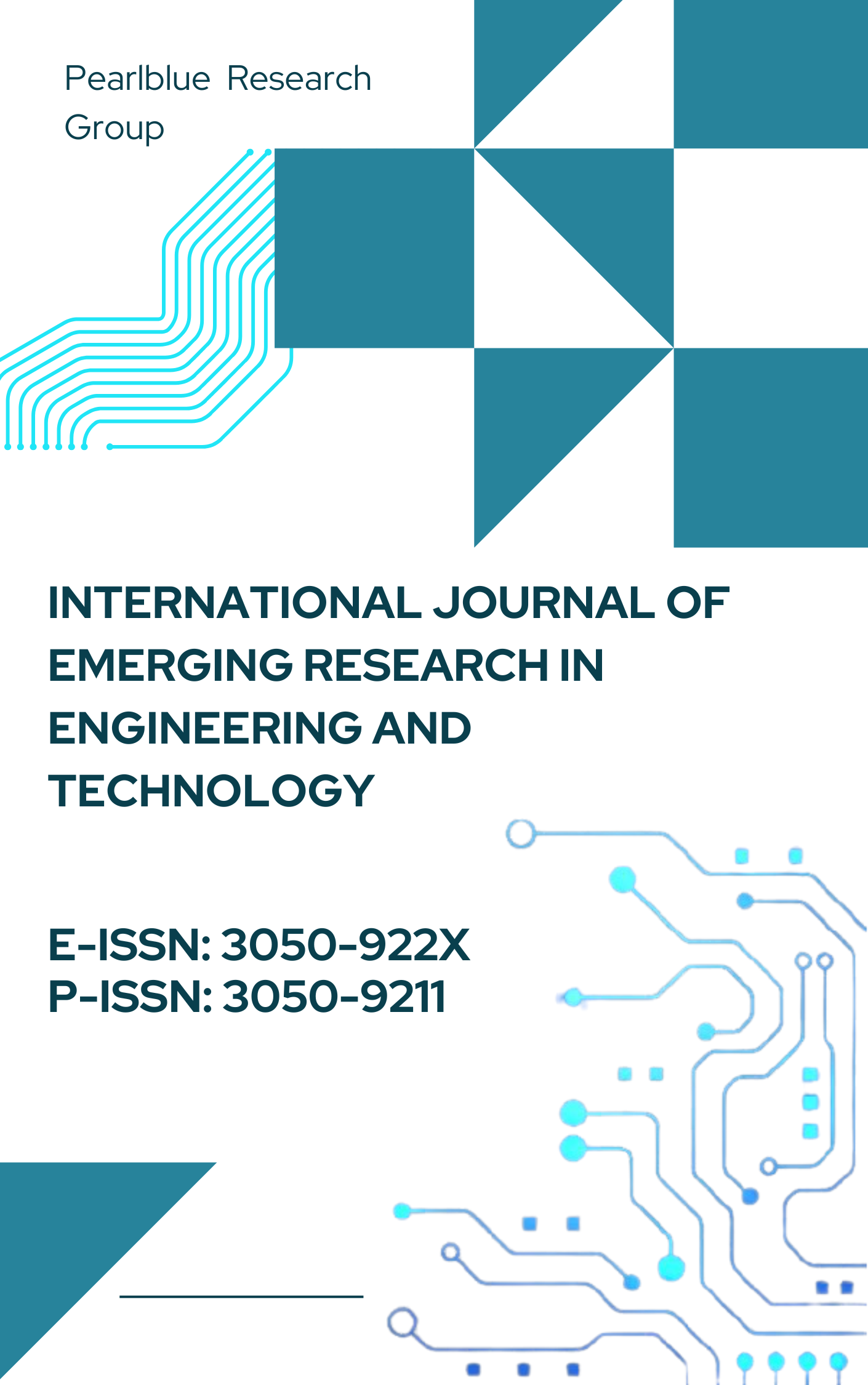Implementing Agile in Railway Product Development: A Balance of Compliance and Innovation
DOI:
https://doi.org/10.63282/3050-922X.IJERET-V3I3P103Keywords:
Agile, Railway Product Development, CENELEC, EN 50126, EN 50128, EN 50129, Compliance, Innovation, Safety StandardsAbstract
The global railway industry has been facing the challenges of bringing more flexibility and agility to the product development life cycles while complying with strict safety standards and norms. Long-time mechanics such as V-model have failed to effectively address the constantly changing technological demands as well as customer requirements. Hence, this paper aims to undertake a study on the adopted methodology of agile regarding railway product development. It aims to achieve the best practices from Agile while at the same time responding to strict requirements within the railway sector, such as CENELEC EN 50126/8/9 and other regulations. This paper presents a systematic literature review of Agile, suggests an appropriate approach for rail systems that combines the Agile methodologies and describes the case of an American railroad maintenance equipment manufacturer. One is convinced that the findings demonstrate changes in the necessity of project adaptability communication with stakeholders, the enhancement of product quality, and continued compliance with regulations. However, issues such as documentation methodical, tool interoperation, and obstacles to cultural adaptation have also been identified. Suggestions and a plan of action for Agile adoption to be used by the practitioners and the researchers working in railways.
References
[1] Sommerville, I. (2011). Software Engineering (9th ed.). Addison-Wesley.
[2] Forsberg, K., Mooz, H., &Cotterman, H. (2005). Visualizing Project Management. Wiley.
[3] Boehm, B. (1988). A spiral model of software development and enhancement. Computer, 21(5), 61–72.
[4] Poppendieck, M., &Poppendieck, T. (2007). Implementing Lean Software Development: From Concept to Cash. Addison-Wesley.
[5] Stålhane, T., &Myklebust, T. (2016). Introducing Agile Development in Safety-Critical Projects. Procedia Computer Science, 64, 403–410.
[6] Rail Safety and Standards Board (RSSB). (2012). Application of EN 50126, EN 50128, and EN 50129 in the UK Rail Industry. RSSB.
[7] CENELEC. (1999). EN 50126: Railway Applications - The Specification and Demonstration of Reliability, Availability, Maintainability and Safety (RAMS).
[8] CENELEC. (2001). EN 50128: Railway Applications - Communication, Signalling and Processing Systems - Software for Railway Control and Protection Systems.
[9] CENELEC. (2003). EN 50129: Railway Applications - Communication, Signalling and Processing Systems - Safety Related Electronic Systems for Signalling.
[10] Leffingwell, D. (2011). Agile Software Requirements: Lean Requirements Practices for Teams, Programs, and the Enterprise. Addison-Wesley.
[11] Schwaber, K., & Sutherland, J. (2020). The Scrum Guide. Scrum.org.
[12] Kniberg, H. (2010). Kanban and Scrum - Making the Most of Both. InfoQ.
[13] Petersen, K., Wohlin, C., & Baca, D. (2009). The Waterfall Model in Large-Scale Development. Information and Software Technology, 51(1), 79–84.
[14] Lindvall, M., Costa, P., Tvedt, R. T., Dagnino, A., Volcker, L., &Basili, V. (2002). Empirical Findings in Agile Methods. NASA Goddard Space Flight Center.
[15] Hohl, P., Blunders, J., & Schneider, K. (2018). Agile Practices in Safety-Critical Development: A Literature Review. ACM/IEEE International Conference on Software Engineering, 105–114.
[16] Jonsson, Henrik, et al. "Agile Practices in Regulated Railway Software Development." Citeseerx, https://citeseerx.ist.psu.edu/document?repid=rep1&type=pdf&doi=1f9a1f469cb8f475eaea49df6c9e45f194fc61ca.
[17] "Using the Agile Model the RTS Way - RTS Solutions Using the Agile Model in the Digital Rail Industry." RTS Solutions, https://www.rts-solutions.net/using-the-agile-model-in-the-digital-rail-industry.
[18] "How Capgemini’s Long-Term Partnership Is Continuing to Lay the Track for Improved Customer Service, Productivity, and Competitiveness." Capgemini, https://www.capgemini.com/nl-nl/wp-content/uploads/sites/19/2022/05/Railway-Case-Study-5.pdf.
[19] H. Jonsson, S. Larsson and S. Punnekkat, "Agile Practices in Regulated Railway Software Development," 2012 IEEE 23rd International Symposium on Software Reliability Engineering Workshops, Dallas, TX, USA, 2012, pp. 355-360, doi: 10.1109/ISSREW.2012.80.
[20] E. J. Joung, C. M. Lee, H. M. Lee and G. D. Kim, "Software safety criteria and application procedure for the safety-critical railway system," 2009 Transmission & Distribution Conference & Exposition: Asia and Pacific, Seoul, Korea (South), 2009, pp. 1-4, doi: 10.1109/TD-ASIA.2009.5356897.
[21] Kumar, S. (2020). Gantry Protection for Railways and Train Detection System with Railroad Worker Protection Solution. International Journal of Emerging Trends in Computer Science and Information Technology, 1(2), 17-25. https://doi.org/10.63282/3050-9246.IJETCSIT-V1I2P103
[22] Kumar, S. (2021). Rail Defect Measurement System: Integrating AI and IoT for Predictive Operations. International Journal of Artificial Intelligence, Data Science, and Machine Learning, 2(2), 39-50. https://doi.org/10.63282/3050-9262.IJAIDSML-V2I2P105



